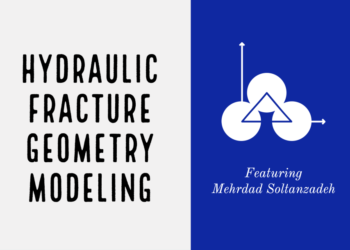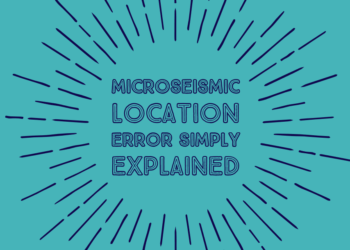Hydraulic fractures are created by pumping fracturing fluid into a formation at high rate and pressure. The main…
Stimulated Reservoir Volume Explained
Like any industrial monitoring technology, the success of microseismic monitoring in the context of hydraulic fracturing is directly…
Microseismic location error simply explained
What is microseismic location error?
Extended Leak-off Test 101
Assuming that the overburden stress (Sv), is one of the three principal stresses, the stress tensor (representing the in-situ stress field)…
What’s b-value after all?
Simply put, b-value is the slope of a log-normal distribution of passive seismic event sizes, namely the number…
Image Logs Untangled
Assuming that the overburden stress (Sv), is one of the three principal stresses, the stress tensor (representing the in-situ stress field)…
Microseismic Monitoring: DAS vs. Conventional Geophones (Downhole & Surface)
How does microseismic (MS) acquisition using DAS (Distributed Acoustic Sensing) compare with conventional Downhole or Surface using geophones?…
Top 4 qualifiers for choosing microseismic vendors
You have business objectives and available budget in place to conduct a microseismic survey on your next frac…
Using machine learning to estimate the flow of stress from recorded microseismicity during hydraulic fracturing
We explore the connection between microseismicity and stress flow through a machine learning approach that allows for clustering…
Microseismicity-derived fracture network characterization of unconventional reservoirs by topology
The advent of horizontal drilling technology, combined with multistaged hydraulic fracturing to create a complex fracture network within…









